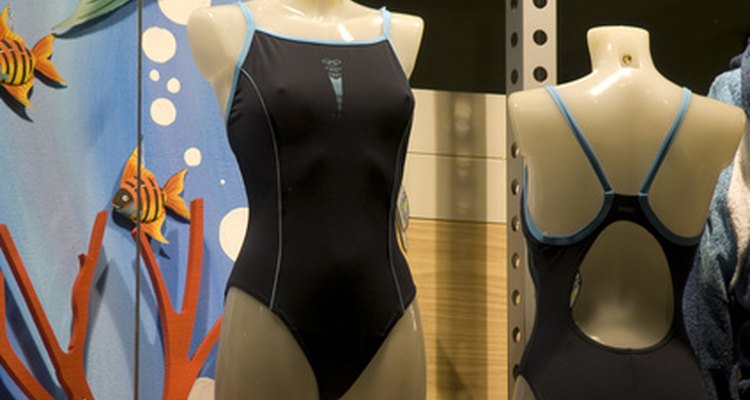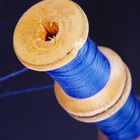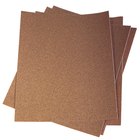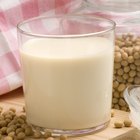
The synthetic fabric used to make stretchy clothing is commonly referred to as spandex and as Lycra. DuPont created the term Lycra as a brand name for its spandex, and now the terms have become interchangeable. Much like when a person calls all tissues "Kleenex," many people call all spandex "Lycra." Spandex may also be called "elastane," especially in Europe.
Lycra and Spandex Clothing
The most popular examples of clothing made of Lycra (spandex) include exercise and sports clothing such as bathing suits, wet suits and bicycle shorts. Dance costumes and other sporting outfits often contain the material as well. Underwear, bras, hosiery and leggings often contain spandex, as do pants that stretch or cling to the body. The material is listed on the tag of an article of clothing as spandex, Lycra or elastane depending on the source and location of the material.
Composition
The synthetic copolymers used to create spandex are strong and elastic like rubber, but stronger and more flexible. The fabric is often thin but resilient or long-lasting. At high temperatures, spandex will melt like plastic. Spandex is originally white, so colored dyes are added to create a variety of colors. Spandex may also be blended with other fabrics to create varied consistencies and textures.
History
During World War II, scientists developed alternatives to rubber such as polyurethane and nylon. In 1962, DuPont created a lighter weight and more elastic alternative to rubber (spandex) and named it Lycra. DuPont's Lycra (now under the company Invista) remains the most popular and widespread brand of spandex today.
Benefits
Elasticity and durability are the major benefits of spandex material. Spandex clothing can be worn in situations when movement is necessary or more comfortable, while other fabrics such as denim or leather restrict movement. Spandex also retains its original shape well, so it lasts longer than many other fabrics, like cotton.
Considerations
When purchasing clothing, look at the tag to determine what percentage of the fabric is made of spandex (or Lycra). The higher the percentage, the tighter the clothing. Clothing that is 70 percent or more spandex should not be put in the dryer or should be air-dried without heat to prevent damage.
Related Articles

Microfiber vs. Cotton Clothes

The Differences Between Fleece & ...

The Advantages & Disadvantages of Woven ...

What Are Twill Pants?

What Is Artificial Silk?

What Is the Difference Between Acrylic ...

What Are Fire Resistant Clothes Made Of?

What Is a Synthetic Polyester Fabric?

How to Get Fuzz Out of Polyester

What Is Arnel Vintage Material Fabric?

Fabrics Similar in Weight to Taffeta

The Differences of Neoprene & Thinsulate

The Difference Between Polartec and ...

Denim vs. Denim Blends

Alternatives to Neoprene

Spandex vs. Polyester

Differences Between Polyester and Nylon ...

Characteristics of Polyester & Cotton

What Is Pinpoint Cotton?

Is Soy Milk Casein-Free?
References
Writer Bio
Sheila Zahra began working as an editor and writer in 2004. She has edited full-length works of fiction and nonfiction, and has written articles and essays for academic and business clients. Zahra earned a Bachelor of Arts in English literature and creative writing from California State University, Long Beach, in 2006. She currently lives and works in Eugene, Oregon.
Photo Credits
moda mare image by shortest day from Fotolia.com